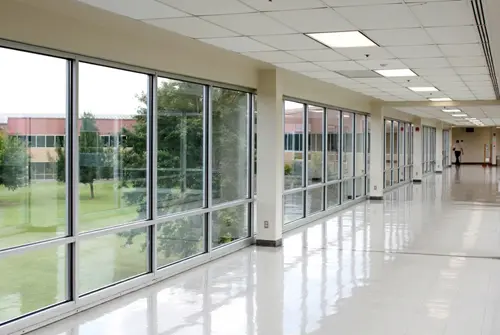Indoor LED lighting is being adopted by more and more businesses, organizations and institutions every day. Its considerable advantages are, by now, almost too well known to be ignored – particularly the fact that LED bulbs use 75 percent less energy and have a 25 times greater lifespan than their incandescent counterparts, according to the Department of Energy.
Recently, the University of California, Davis, earned rather prestigious recognition for its implementation of an LED-based lighting system that saves the institution more than a million kilowatt hours of energy each year. This distinction will serve as a positive example for companies that remain on the fence regarding the use of these efficient commercial lighting designs.
UC Davis earned the honor for the campus' use of 1,600 adaptive LED fixtures, manufactured by Philips. The university's California Lighting Technology Center (CLTC) is responsible for the design, which also included WattStopper occupancy sensors and a radio frequency connection network and lighting control software designed by Lumewave.
The honor – the 2013 Lighting Design/Retrofit Best Practice Award – will be given out during a ceremony at the California Higher Education Sustainability Conference, scheduled to take place at UC Santa Barbara from June 23 to 27. It will go to members of the CLTC as well as individuals from the Design & Construction Management and Environmental Stewardship & Sustainability teams. Participants in the project took the time to consult with the manufacturers of all products used, to better ensure an efficacious final design.
Despite being weeks away from receiving the aforementioned award, members of the CLTC are not content to rest on their laurels, as they are continually looking to implement new initiatives. Currently, they are working in conjunction with the municipal government of Davis to design and install a prototypical outdoor lighting system on Second Street in the city.





